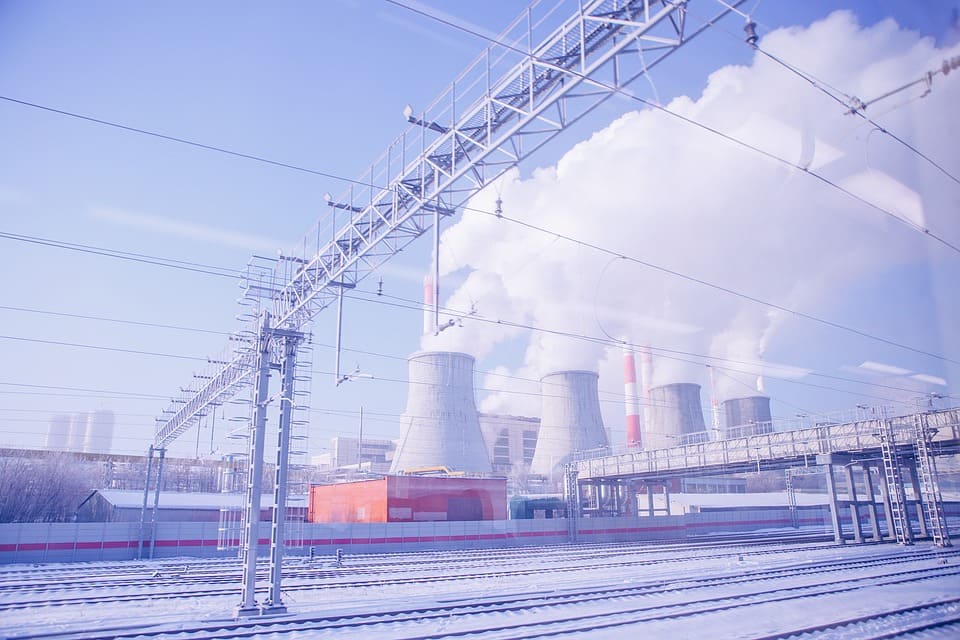In this article we will consider the range of applying of thermal fluids, the main types of their contaminants, the consequences of using contaminated fluid, as well as thermal fluid filtration systems.
The range of applying of thermal fluids
Thermal fluids are widely used in heaters, mixers, presses and reactor plants. They can be heated for production purposes to high temperatures without the high pressure required to maintain heat when using other methods such as steam-based systems. Thermal fluids versatility allows manufacturers to choose one designed especially for particular use, which further increases its effectiveness.
Thermal fluids are used at high temperatures (300-700℉), they can last for a long period if processed properly. After all, all thermal fluids degrade during their use. Fluid contamination can be caused both by system elements (rust, wear of pumps and fittings) and as a result of oxidation of the fluid itself. The long-term equipment functioning at high temperatures leads to oxidation and thermal cracking. These processes cause the formation of contaminants such as carbon, which can accumulate inside the pipes and adversely affect the efficiency of heat transfer, eventually causing clogging. Contaminated fluid has a lower flash point and a lower self-ignition temperature. So the risk of emergency situations increases.
The consequences of thermal fluid contamination
Without the proper processing of thermal fluid the latter’s deterioration can have a cascading effect on the entire system, including:
- wear and tear of rotating components such as pump impellers, gears and shafts, mechanical seals and valve stems;
- an increase in fluid viscosity due to solid particles accumulation, which also affects the functioning of the pump and valves;
- a decrease in efficiency of heaters and heat exchangers due to contamination of heat transfer surfaces with ash and sludge;
- an increase in energy consumption due to an increase in the warm-up time.
Timely maintenance will help prevent this, in particular thermal fluid filtration, which will ensure compliance with the regulatory requirements of DIN 51522 and UNE 9-310, while reducing the risk of expensive equipment downtime and risks associated with explosive environments.
CMM-F thermal fluids filtration system
To solve the problem of thermal fluid filtration, the GlobeCore company has developed a complex system with filters, valves and a pump, namely the CMM-F system with an output of 4 cubic meters per hour. The thermal fluid filtration takes place in two stages: after connecting the system the contaminated fluid first passes through a coarse cleaning filter, and then fluid is cleaned by a fine cleaning filter additionally. The fineness of the filtration can be adapted to production needs at the request of the customer – we can install a filter with a fineness of up to 0.3 microns, capable of catching not only solid particles of contamination, but an ash also.
The degree of the filter elements clogging is monitored by devices measuring the pressure upstream the filters. It is time to replace the filters when the pressure increases to a certain value. The replacement process is simple – just remove the cover, take the dirty filter element out and insert a new one.
Also, for ease of use, the thermal fluid filtration system is designed compactly and mobile. And this makes technical specialists possible to move the system inside the workshop easily, ensuring timely maintenance of the equipment.
The GlobeCore CMM-F thermal fluid filtration system will be useful for your facility if you want to make your thermal systems safer, easier to maintain and more efficient.

